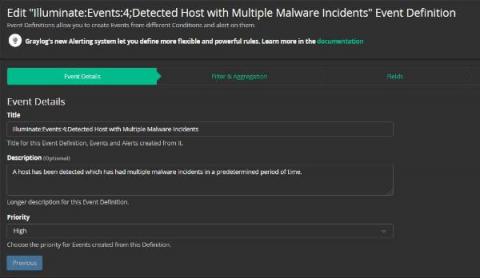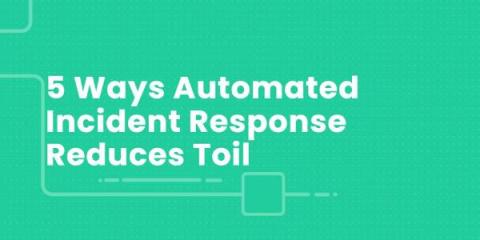3 Agile SIEM Requirements for Agile Security Teams
Regardless of economic conditions, IT usually operates under an axiom no one in business ever likes to hear: “We have to do more with less.” Doing more with less is essentially the default position for IT, but when it comes to security operations, that position can have real consequences.










